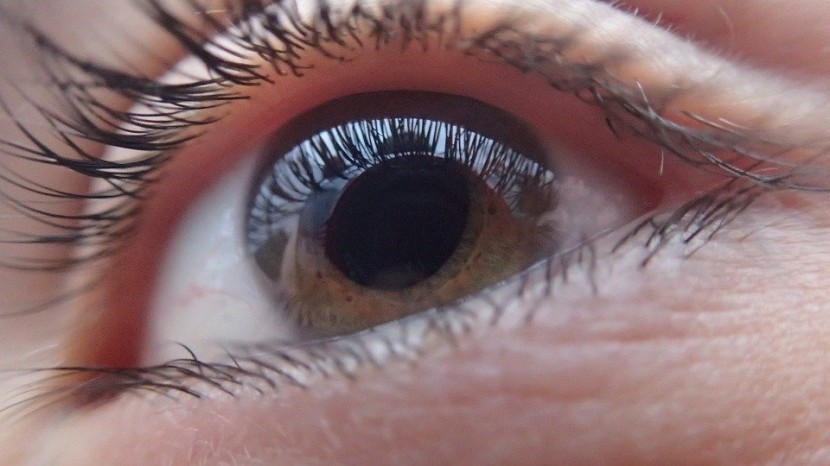
Evidence was discovered that exercising regularly can diminish the potential for age-related cataracts.
Researchers from the University of South Australia in Australia and Xi'an Jiaotong University in China carried out the latest research study including information from 6 initial studies that had probed how exercise decreases oxidative damage in the eye.
Good vision is apparently dependent on physical health. Other than cataracts, Other than cataracts, studies have displayed the association between exercising regularly and lessening the potential for many common eye ailments including macular degeneration and glaucoma.
The study on the aforementioned exercise and age-related cataract (ARC) has been published in the "International Journal of Ophthalmology," reported Medical Dialogues.
To estimate quantitatively the potential link between physical activity and ARC, the team administered meta-analysis.
Combined studies were conducted on over 170,000 people, according to the University of South Australia.
Among a surmised 13 million people, cataracts are said to be the cause of blindness.
The participants went under observation from 6 to 12 years with 19,173 cases of age-related cataracts, reported by Head Topics.
One may exercise regularly by walking or cycling. By 10 percent, these remarkably lessened the potential of age-related cataracts.
The risk of experiencing cataracts could be lessened by 2% for each hour of walking or cycling.
UniSA Epidemiologist, Dr. Ming Li, stated that the reason behind this is that exercise lessens oxidative stress in the eye. It inhibits lipid degradation that causes ell damage.
Experiencing cataract or cataracts is usually depicted as a window shrouded with fog. The most common symptoms displayed are sensitivity to light, blurred vision, and poor night vision.
The illness is regarded as a natural phase of aging. Surgery is a potent chose to recuperate vision but is expensive.
"We know that exercise increases antioxidant enzyme activity which has all sorts of benefits, including limiting infections and inflammation in the eye," according to Ming Li in a statement.
Research studies are required to be original articles, have physical activity as the exposure of interest, prospective cohort studies, and have major aftermath of occurrence of age-related cataracts.
Also, initial studies have indicated that HDL (high-density lipoprotein), also known as the "good cholesterol," can be bolstered by exercise in the long-term. This could transmit more antioxidants between the plasma and the lens to alleviate oxidative damage.
Another beneficial effect is that the act boosts lipid profiles and insulin resistance. Both have been connected with a heightened potential of ARC.
The doctor further added, "The lens is highly susceptible to oxidative damage because of its high concentration of polyunsaturated fatty acid and its specific biological function. Although we don't completely understand the mechanisms underlying ARC, we do know that ageing and oxidative damage play a crucial role in the development of the disease."
Also, the combination of regular exercise and a healthy diet could alleviate health problems that are not necessarily eye-related, but is damaging to the eyes including Type 2 Diabetes.
Related Article: New Eye Drop Can Cure Cataracts In Six Weeks, Study Finds
© 2025 HNGN, All rights reserved. Do not reproduce without permission.








